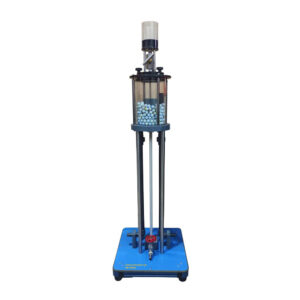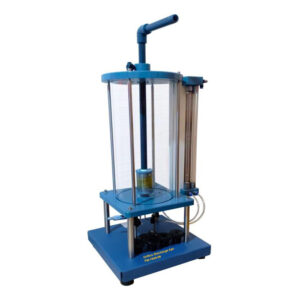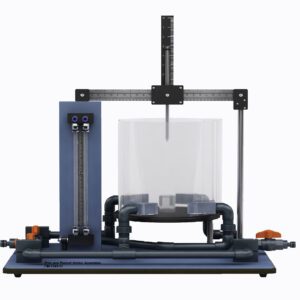The unit allows the students to study the performance of a nozzle as either a kinetic energy or thrust producer and also enables to study the effect of inlet and outlet pressure ratio on the mass flow and pressure distribution in nozzle. Compressed air is supplied to the unit from compressor. Convergent and convergent divergent nozzles are available that can be changed rapidly. These nozzles are designed to operate at different theoretical expansion ratios. The unit Nozzle Performance is fully instrumented to measure pressure, mass flow, temperature, thrust and impact force. The operating conditions can be quickly vaired to produce results over a wide range of pressure ratios.




